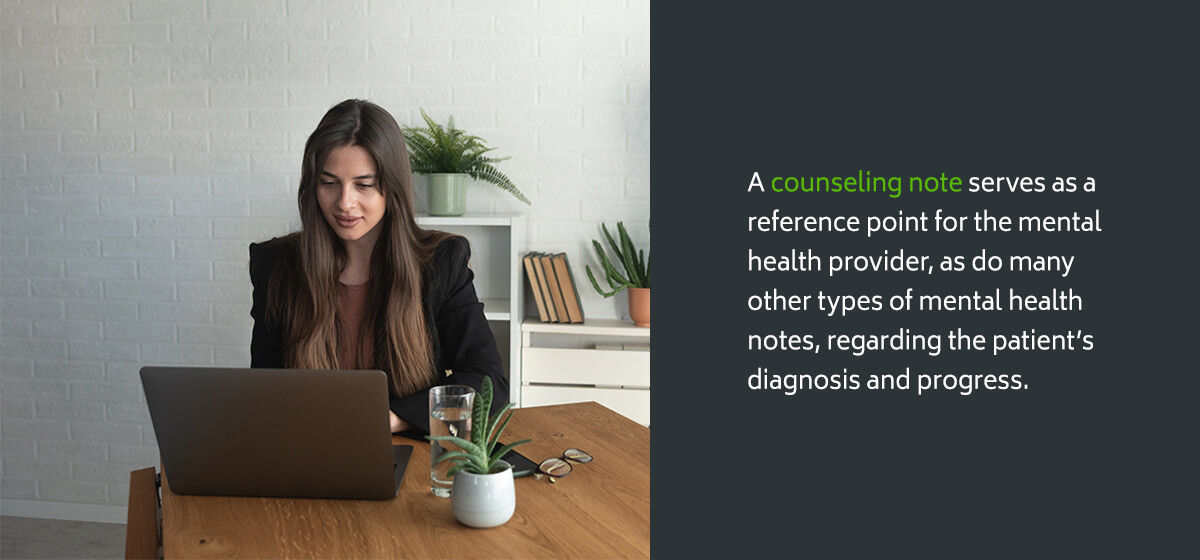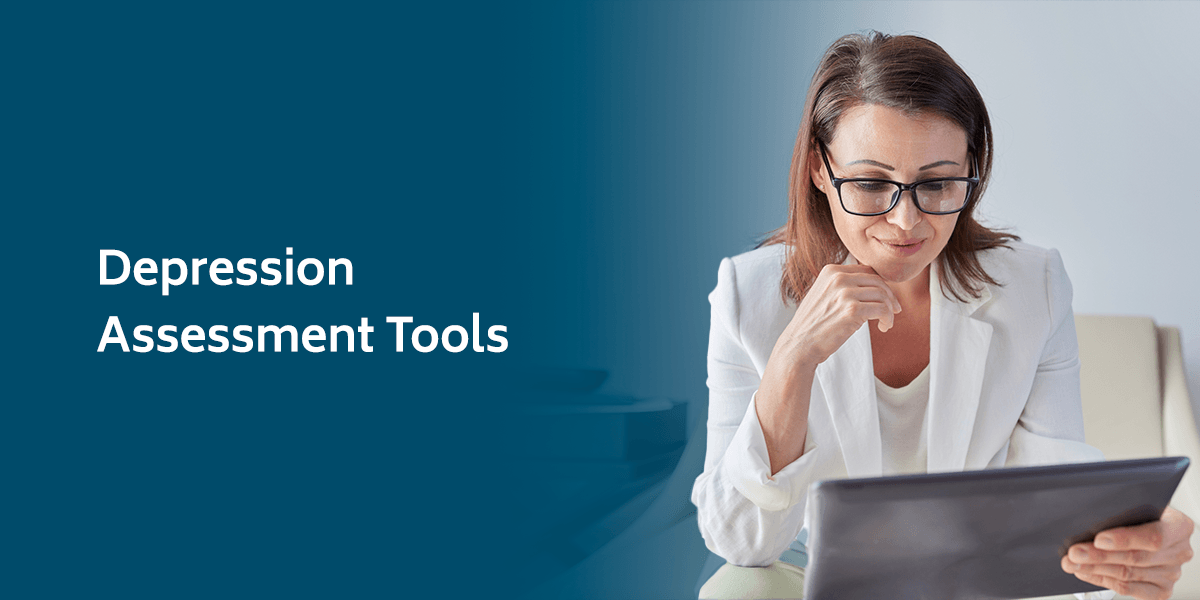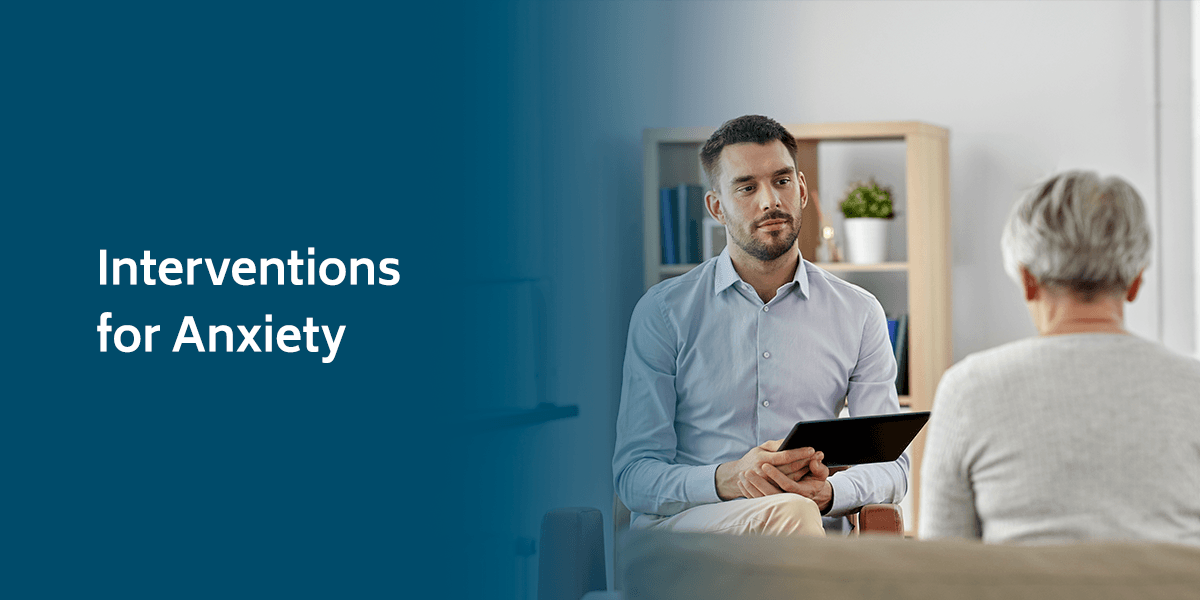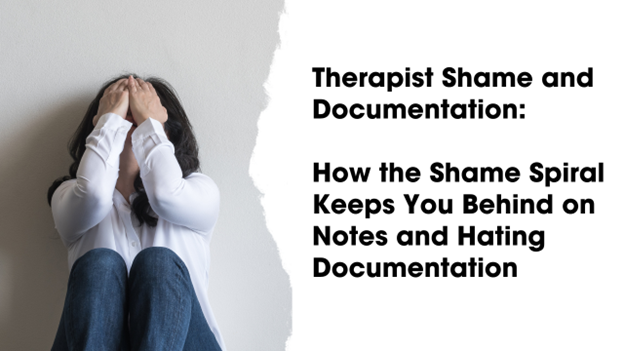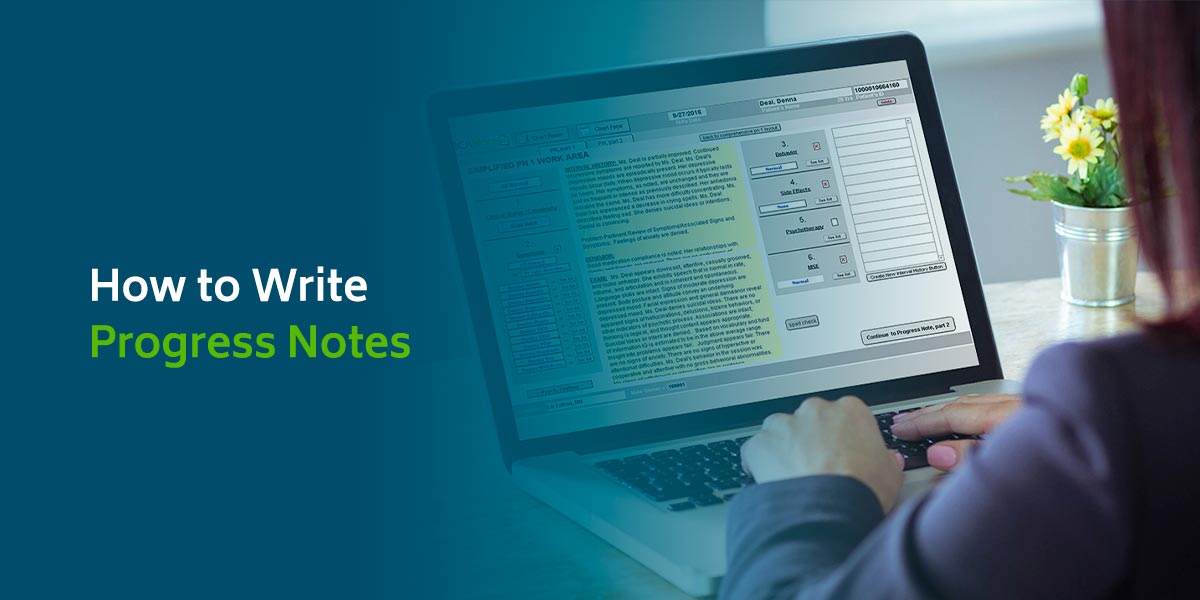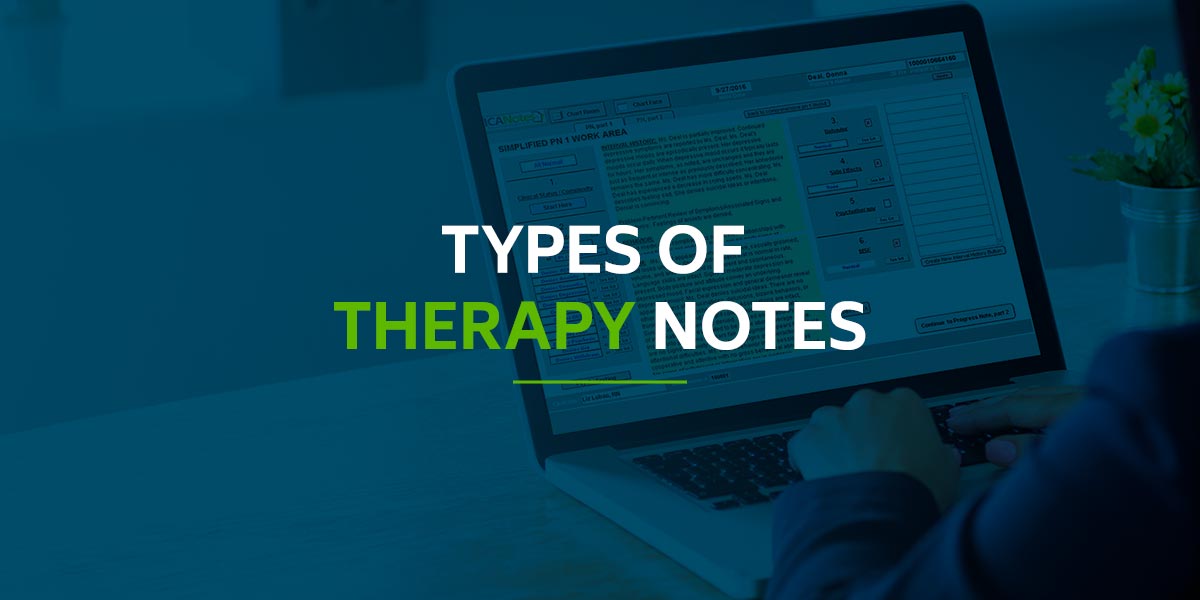The Most Important Things to Include in a Counseling Note
When providing mental health treatment for a patient, a mental health professional will keep several pieces of documentation. One of the most important of these is the counseling note. But what is it exactly, and how is it different from other types of notes? In this article, we’ll discuss the top things to include in your counseling session notes and methods you can use to make your formats more efficient.
Table of Contents
What Is a Counseling Note?
A counseling note is also referred to as a psychotherapy note, a process note or a private note. It contains the treating mental health professional’s hypotheses, observations, thoughts and questions about the patient during a counseling session. A counseling note serves as a reference point for the mental health provider, as do many other types of mental health notes, regarding the patient’s diagnosis and progress.
Documenting counseling notes is beneficial for therapists as they can improve their memory and ability to recall details from previous sessions. Many therapists may have dozens of patients and only see them every other week, so it can be easy to forget specific details about their condition.
Ultimately, making notes can save time and energy because counselors and other behavioral health staff won’t need to start from the beginning at each appointment. With a quick read-through of these private notes, therapists can jump right into their next session where they left off and work on progressing their treatment with their clients.
Counseling notes are always separate from billing information and medical records and may never be shared without prior authorization from the patient. Also, they may not be shared with patients or other staff, since they are the counselor’s private notes. Last, but certainly not least, because they contain highly sensitive information, the Patient Privacy Rule affords them special protection.
However, there may be instances where the counselor is required to disclose their counseling notes, such as for treatment, in certain legal situations, to avert a serious threat to public safety, during an investigation of the Department of Health and Human Services or when a medical examiner needs the information for their duties.
Counseling Note Template
Because mental health providers aren’t required to keep counseling notes, there’s no set format for this type of documentation. However, the following template lists the most important things to include in a counseling note:
- Names: List the names of the counselor and patient, as well as the health care institution where the counseling is taking place.
- Type of session: Is it an individual, marital or family session?
- Date: Listing the date of the session makes it easier to build up a timeline of the patient’s progress.
- Start time: Knowing the start time of the session allows the mental health professional to monitor the amount of time they’re spending on each patient.
- The progress of the patient since the last session: It’s essential to gain an impression of the patient’s current state before beginning the session. For example, have they managed their symptoms, or has anything noteworthy occurred?
- Observations about the patient: Here, the mental health professional lists anything they notice about the patient, for example, that they look tired or disheveled — or, in contrast, rested, well-groomed and confident.
- Review of any action items: If the patient was expected to practice any skills or perform any actions, this is discussed.
- Session preparation: This part may be filled out in advance of the session since it can contain any significant items from the previous meeting and the goals for this session.
- A brief description of the session: This serves as a general outline of what is discussed.
- The main issue of the session: Here, the mental health professional describes the main problem the patient is struggling with.
- Substance abuse: This can be a simple “yes” or “no” answer.
- Danger: If the patient is experiencing suicidal or homicidal ideation, list it here.
- Homework: If action items are assigned for the patient to complete, note them here.
- Need for additional insights: If the counselor needs to follow up with their supervisor, make a note of it.
- Next appointment: The date the patient will come in for the next session is agreed upon.
- End time: List the time that the session ended.
- Signature: The counselor’s signature verifies all the information in the counseling note is accurate.
Example of Counseling Session Notes
You can take notes in several ways during or after your counseling sessions. The format or method you use will depend on your personal preferences according to what you like to document to help you reference your notes later. Let’s review what some counseling session notes can look like and how you can modify them into progress notes if you think they can be useful for insurance company needs or other behavioral health professionals.
Here’s a general sample of what your notes may look like during or after a session:
- “The patient was 15 minutes late and appeared disheveled and teary-eyed. She was upset about the effect her social anxiety had on interrupting her ability to be more independent.”
- “The patient expressed feelings of failure and guilt after she was unable to complete my assigned homework from last week, which included sitting in a coffee shop for 30 minutes and attempting to strike up a small conversation with a stranger.”
- “We discussed how we can further her treatment, and the patient seemed frustrated and irritated at her lack of progress. She stated, ‘I don’t think I’m ever going to fix this.’ I assured her we can adjust the treatment plan and start with more moderate exercises.”
- “We revisited medical interventions as a potential treatment adjustment, but she was uninterested in pharmaceutical options.”
- “The patient said she was having severe panic attacks related to anxiety-inducing situations, such as going grocery shopping or meeting up with friends in a crowded place. From her descriptions, I suspect she may potentially have agoraphobia in addition to her social anxiety.”
- “The patient revealed her desire to increase her sense of freedom by taking small steps toward these goals, including taking a trusted family member with her in these outings until she feels comfortable to go out on her own.”
- “We modified her treatment plan assignment to attempt a less extreme form of exposure therapy. The patient will spend no more than five minutes in a grocery store and attempt to purchase one item. I feel more confident about giving her lower intensity exercise and believe she will succeed.”
If your patient’s insurance requires progress notes, you can modify these subjective, opinionated counseling documentation you’ve recorded and turn them into a formal progress note. Here are three different ways you can transform your personal notes into professional, record-keeping criteria.
The SOAP Method
In the SOAP method, you will focus on structuring your notes by Subjective Data, Objective Data, Assessment and Plan.
- Subjective data: Include the most pressing concerns from your patient and any important statements they make.
- Objective data: Note your patient’s body language, appearance and other factual, observable aspects about them. Do not include judgments or opinions.
- Assessment: Bring together your subjective and objective data and make a professional statement about what they mean. Include any goals, objectives and interventions addressed during the session or potential further investigation needed.
- Plan: Describe what will happen in your next session, the tasks or exercises you assign to your patient and whether they need a referral or revision of their treatment plan.
Here’s a simple example of how you can turn the detailed, informal notes above into SOAP notes.
- S: The client expressed she felt guilty about her lack of progress with her anxiety, saying, “I don’t think I’m ever going to fix this.” The patient’s attempt at completing last week’s homework was unsuccessful.
- O: The client appeared disheveled and was 15 minutes late to the session.
- A: The client’s inability to complete the assigned exercise suggests a more gradual, moderate approach to exposure therapy intervention may be necessary to achieve treatment goals. The patient is not interested in medication at this time.
- P: The client will attempt a less intense assignment. This week, the client has agreed to visit the grocery store with a trusted friend or family member and stay for a minimum of five minutes. The client may simply walk around the store or purchase an item to complete this assignment.
The BIRP Method
The BIRP method is similar to the SOAP method, but you’ll focus more on behavior and interventions in this format.
- Behavior: Note the patient’s behavior, including statements they make during the appointment and factual observations you make.
- Interventions: Describe specific therapeutic interventions you used during the session, such as practicing mindfulness or identifying triggers.
- Response: List the client’s response and reaction to your intervention techniques and their general response to the overall treatment.
- Plan: Include future therapeutic techniques you’d suggest for following appointments and any follow-up work for the patient.
The DAP Method
The DAP method is also similar to SOAP notes, except it combines your objective and subjective data into one category:
- Data: Combine your subjective and objective notes and any critical elements you observed during the session.
- Assessment: Assess the data and include your in-session intervention modalities and the patient’s response to them.
- Plan: Note future recommended therapeutic interventions or follow-up work for the patient.
Create Secure Counseling Notes With ICANotes
For psychiatrists, psychologists, licensed social workers and other mental health providers, it’s critical to be able to create secure counseling notes that they can refer to as needed during a patient’s treatment. ICANotes provides a comprehensive platform that delivers the ease-of-use you need while still providing patients with the protection they’re entitled to by law.
To learn more, sign up for a free trial today or contact us for more information.
Last Updated 8/9/22


